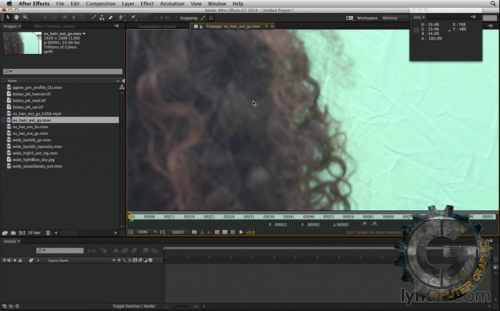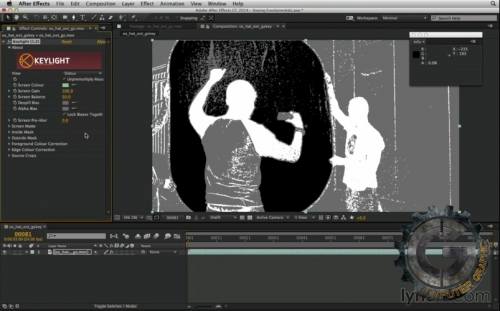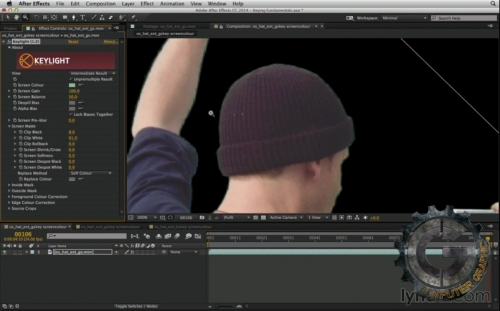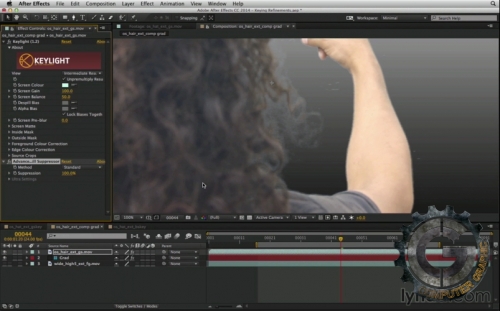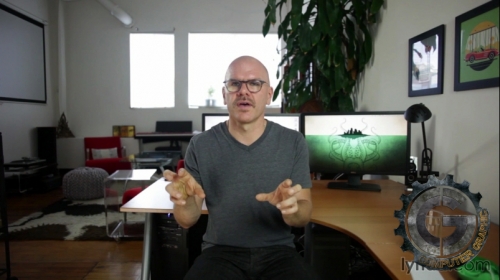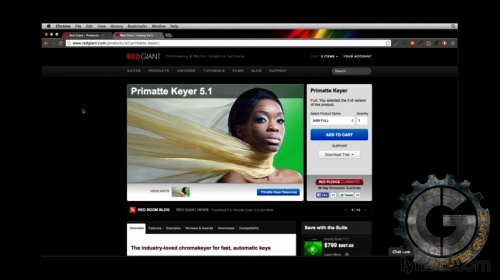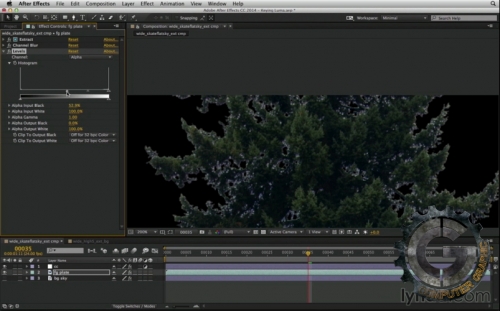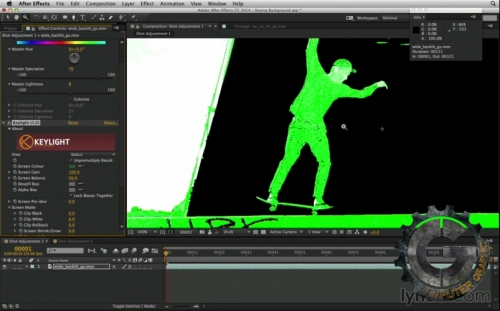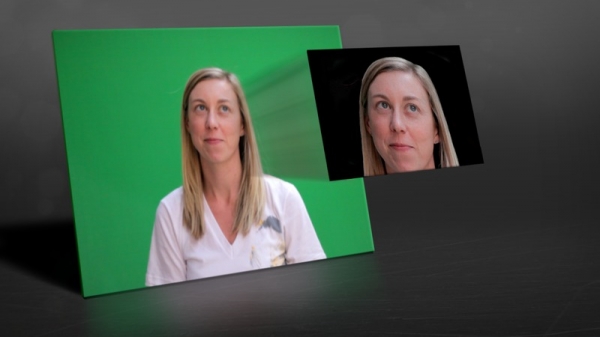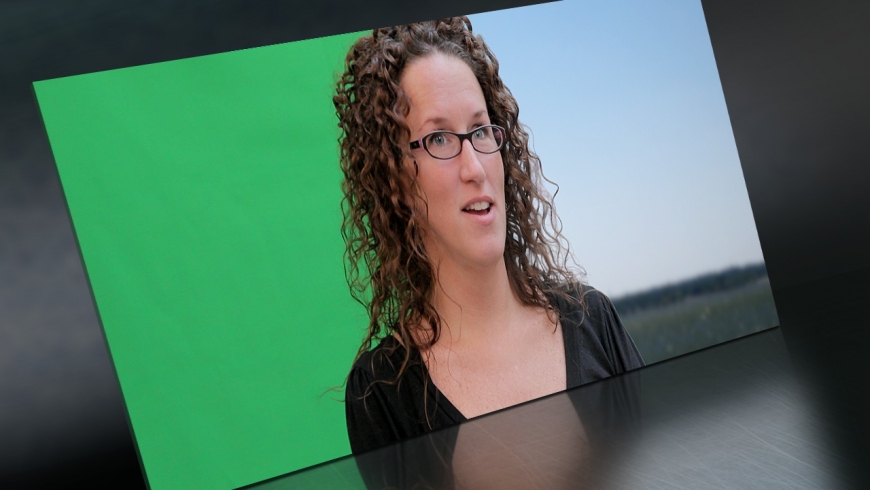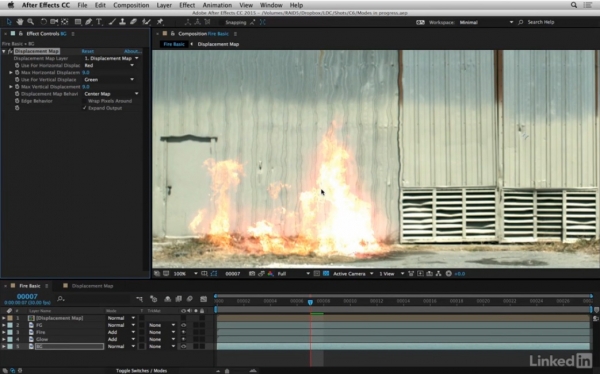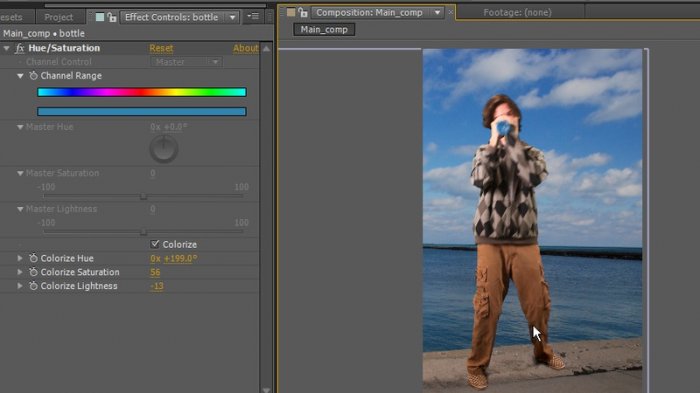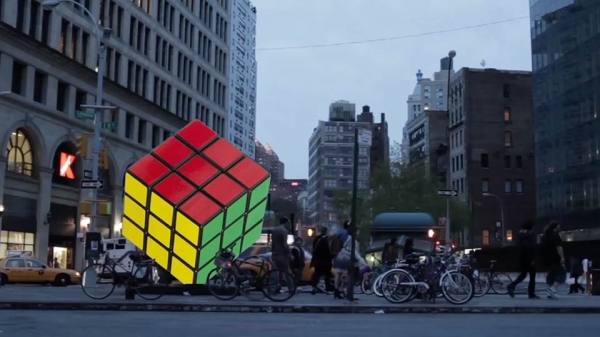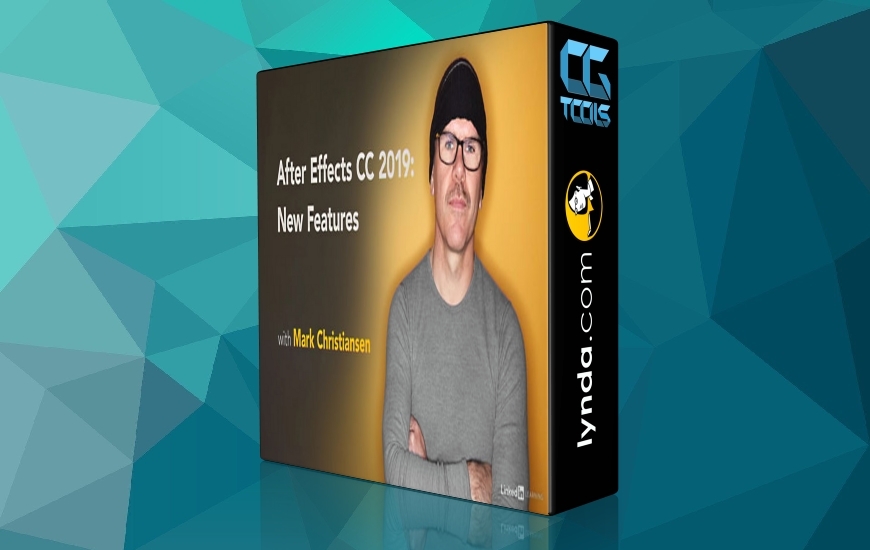![]()
در این دوره آموزشی، مدرس Mark Christiansen در مورد تکنیک های Color keying که همچنین با عنوان chroma keying شناخته میشود، بحث خواهد کرد. او به شما خواهد آموخت که افکت های مورد نظر خود را در هر پس زمینه ای پیاده سازی نمایید و جزئیات ظریف مانند مو و لبه ها را حفظ نمایید.
مشاهده توضیحاتــ انگلیسی
Color keying, also known as chroma keying, lets you shoot a foreground scene and insert it into virtually any background; this can save you money and allow you to create shots that are impossible or highly dangerous to take as a single shot. For it to be effective, the key is in the details. In this course, Mark Christiansen shows how to produce feature-film-quality keys in After Effects that fit well within their new scenes, while retaining the subtle detailsandmdash;be they strands of hair or soft or translucent edgesandmdash;that make the results believable.Beginning with a brief explanation of the keying process, Mark takes you through the steps involved in creating a perfect green-screen key: generating a rough matte, eliminating color spill and matte lines, and refining problematic edges. He shows how to work with Keylight and Primatteandmdash;two indispensable keying tools in After Effectsandmdash;and explains when to use one over the other. And for times when green screen won't work, he shows how to generate high-contrast mattes, or luma keys, based on the luminance data in your footage. Last, learn about compression and how to prep a shot for keying.
Topics include:
What is color keying?
Using garbage mattes
Getting started with Keylight
Understanding the Screen Color, Clip Black, and Clip White adjustments
Eliminating spill with Advanced Spill Suppressor
Using Key Cleaner to refine edges automatically
Dividing a matte with holdout mattes
Breaking down a complex color key
Creating a luma key with Extract
Setting up sky replacement
Using Refine Soft Matte to improve edge detail
Feathering edges with Channel Blur
Knowing when to avoid green screen
Prepping a shot for keying













